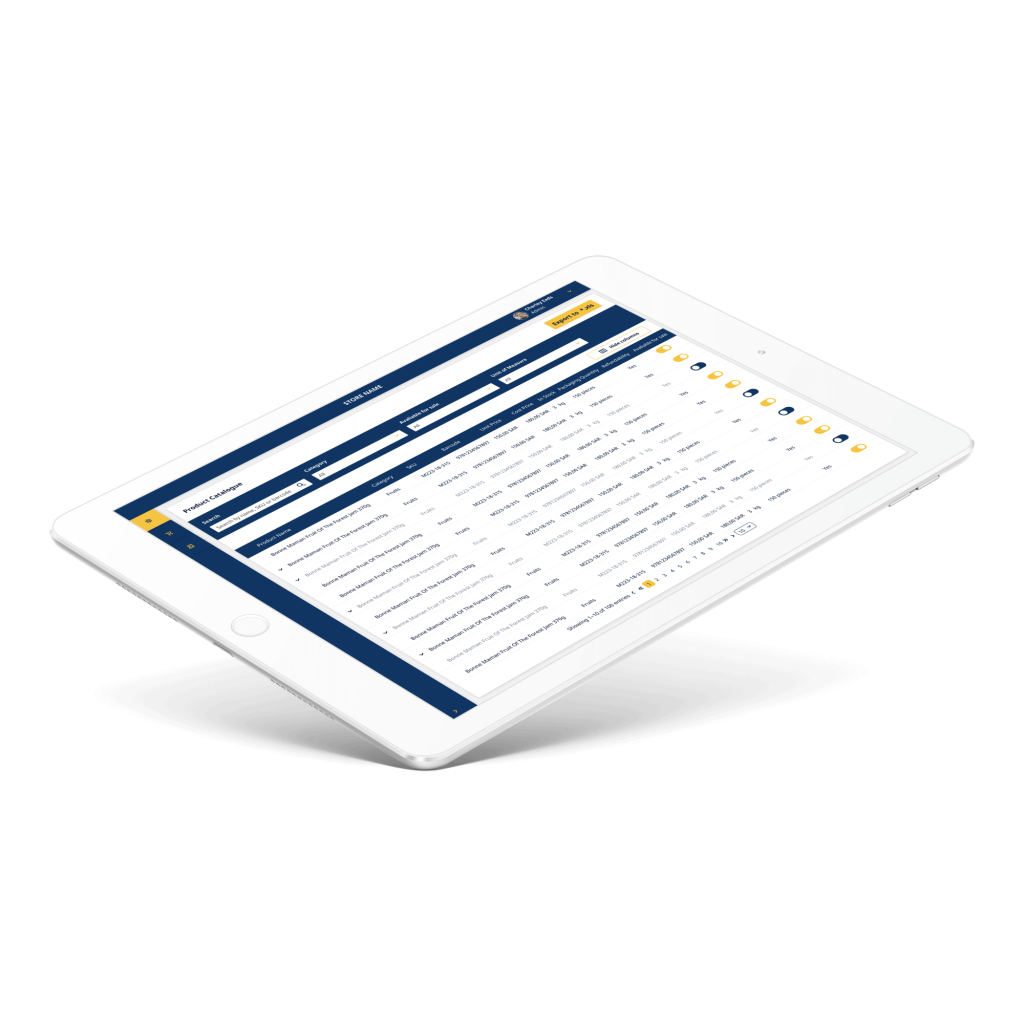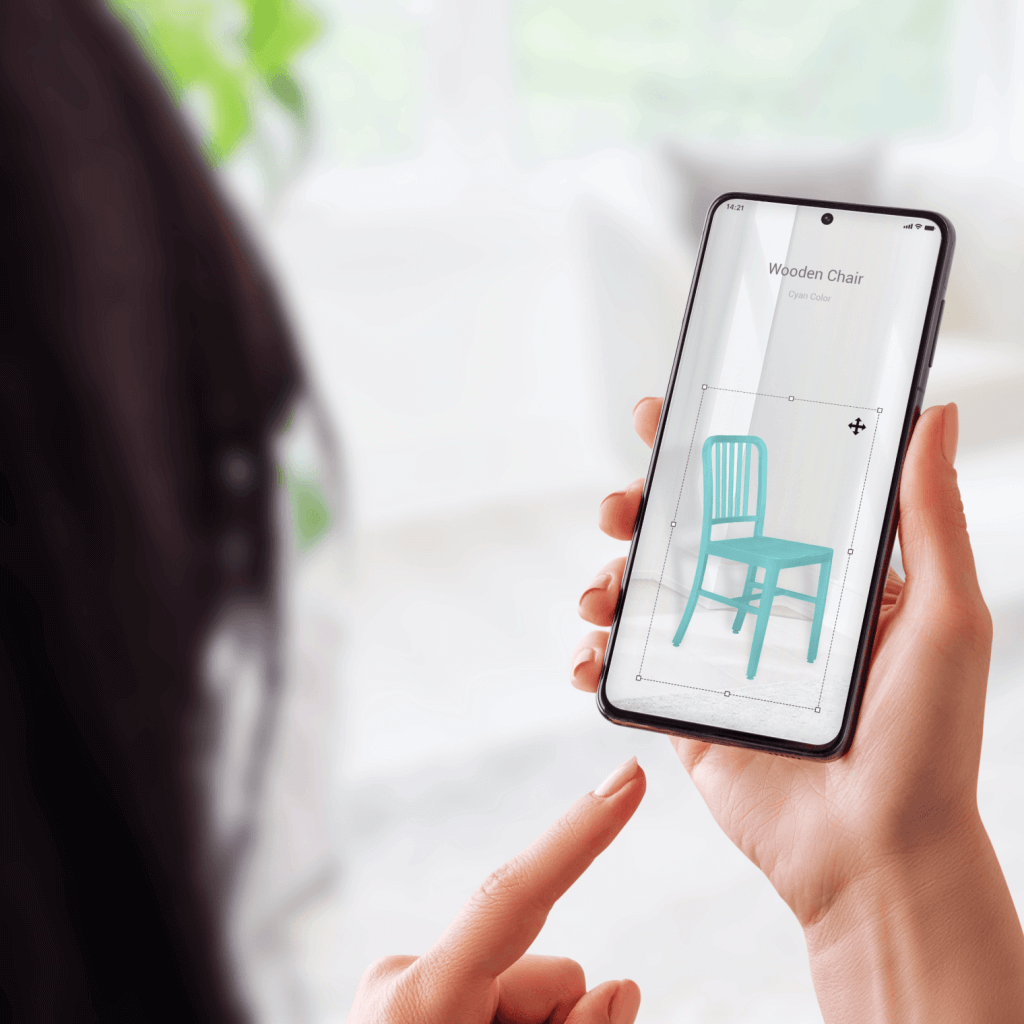Our mission is to empower every person and every organization to achieve more
Basically being, the loyal henchman in all their endeavours – helping the customer be the hero, empowering them. “Our mission is to empower every person and every organization to achieve more”, claims Microsoft who has been recently placing increasingly more emphasis on delivering technology to the user, rather than to a device, in an approach they call “the more human way to do”.
The same trend can be observed in social media, where more and more emphasis is placed on visual content, with pictures generally doing better than text (emotional and intuitive perception prevailing over cerebral).
Major social networks implement new features in obvious attempts to cater for people enjoying themselves. Having this kind of likes-coddled mindset, modern customers have high expectations from these services. What was considered exceptional service before the emergence of social media is taken for granted today. One can blame narcissism, selfishness and entitlement of the millennials, or decide to exploit the marketing opportunities they provide. The takeaway point is that today’s customers will not settle for mediocre services, which means they won’t buy from you unless they like the way you make them feel.
Economic Factors Behind the Emergence of Customer-Centric Retail
Another, more economic, driver behind the rise of consumer-centric retail is competition.
“Now wait a minute, but I’m the one doing the effort, and offering something they want, so why should I bend for the customers? They want my wares – they play nice”, is something a merchant of silk could possibly say in the 6th century in a country beseeched by lice where he was the only merchant selling silk. Wait, you’re not that guy. Whatever it is you’re selling, chances are, your customer has a choice. With the growing population and globalization of trade, any retailer will likely have a growing number of competitors, if not from within their own country, then from powerful international rivals. Always having an alternative allows customers to be more demanding. The ever-rising bar is set by competitors looking for a way to attract each other’s customers. With high competitiveness, retailers look for any advantage over each other, and when dealing with today’s audience, the quality of services and the feeling customers get is the most viable option
Consumer-centric retail: the customer’s perspective
So how does quality service make a customer feel? Which needs and wants should you appeal most to? It appears that in a highly urbanized world, a lot of people are feeling isolated and depressed, so quite often flattering and comforting the customer pays of. In part, this accounts for the success of social media making approval and social acceptance rain down upon on people in the form of likes and other similar interactions.
Another well-known fact is that people are willing to pay extra for impressions and feelings, so a pretty wrapping, or a fancy way of delivering might make a difference for the sales of otherwise similar products. This same trend fuels the popularity of extravagant cafes: it’s cheaper to eat at home, but people are often going to restaurants to satisfy the craving for impressions rather than just food.
Simplicity, convenience, quick solution – these form another cluster of features which work for today’s customers. With the accelerating pace of life, especially in urban environments, people are often willing to pay slightly more for the service, which would be easier to request and quicker to deliver, than a slower alternative, or one that requires more effort on their part. Hence, good and prompt deliveries, simple and pretty apps for ordering, round the clock services, and similar features might win your customers over.
To understand which of the possible features are more important you’d need a good understanding of who your audience is, and some solid analytics and research into their expectations. A nuanced understanding of the industry is also required: for example, while the general trend has been showing more and more online purchases and a decrease in demand for physical stores, certain clusters in retail retain the need for offline shopping. This is why Amazon is trying to get a foothold in the groceries sector by developing their in-store shopping solution, Amazon Go.
How to make your retail more customer-friendly?
- Which features will be the most efficient depends on your audience, so human-centric retail 101: study your customers. Some helpful strategies: surveys, large-scale analytics, utilities to track actions on the site, social media reports, a working feedback system, and research into rivals’ most successful stories.
- Based on the analytics, identify the most viable cravings to cater to: for some audiences and types of retail, speed and convenience are the key criteria, for others security is still a major concern, or it could be the emotional factor.
- Select the platform(s) you will be improving: in-store experience, payments system upgrade, ordering system upgrade (or implementation), an online presence, or indeed the feedback system. Whatever appeals to your customer needs (simplicity, usability, friendliness, comfort, convenience, etc).
- Find the most reliable way to implement the required improvements: some retailers deal with it in-house, some prefer to have the solution developed by a provider.
In-house or outsourced?
As usual, both approaches have their own advantages.
In-house allows you to have more control to ensure the nuances you know better than anyone else are accounted for; in some cases, in-house ends up being cheaper or faster, especially for highly technological companies (like Amazon).
Hiring an ISV/MSP is often easier because the provider has already invested into research in the field. They might have better insight into the industry, from working with many clients, and are often more qualified for hi-tech solutions. ELEKS, for example, has its R&D lab and offers to carry out the whole implementation cycle, from the 1st step, analytical, on to development and maintenance. Just let us know your retail ideas and our experts will work out customized solutions that will work for your business.
Related Insights

















